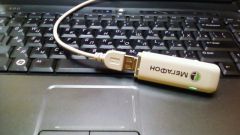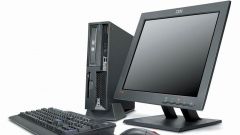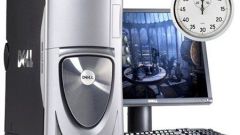For stable operation of the server need to constantly ensure that it does not overheat. The server ising is best to equip the room, the door of which is in a common corridor to a constant temperature difference, the server is not out of order. Installation of additional air conditioners in the server also needs to be thought out: it is not necessary to mount them if there is even the slightest risk of overloading the network.In order to prevent the server down for minor overheating, you can slightly adjust the BIOS settings by entering new values Shutdown Temperature and a CPU Warning Temperature. You can also set the program to round the clock monitoring of temperature and voltage. However, it often happens that the server goes down and due to the change of operational system updates and install new programs. Therefore, if the configuration changes, everything worked fine, better to return them. Server downtime may occur and in connection with the failure of the equipment or some of his characteristics, because of which one device may conflict with another. Output is obvious – to diagnose all equipment and to resolve conflicts and defects. If the server is regularly turned off every day at the same time, you must update your antivirus database and scan it for the presence of unauthorized access. If that doesn't work, refer to "task Scheduler" and see if there are any programs starting at this time, which causes excessive server load. Sometimes such problems can occur and does not depend on the equipment reason. So if the server goes down is always two hours a day, it can be connected, for example, that employees of the organization where it is located, having a drink at lunchtime tea, together of odds jobs. Kettles turn off computers, like orders, are included, there is a voltage drop and the simultaneous overload of the server. But if you increase the server capacity, you can break this vicious circle.
Why off the server
A server is a computer (or computer hardware) allocated for resource sharing. According to experts, most of the outages associated with server its the wrong configuration.

Is the advice useful?






